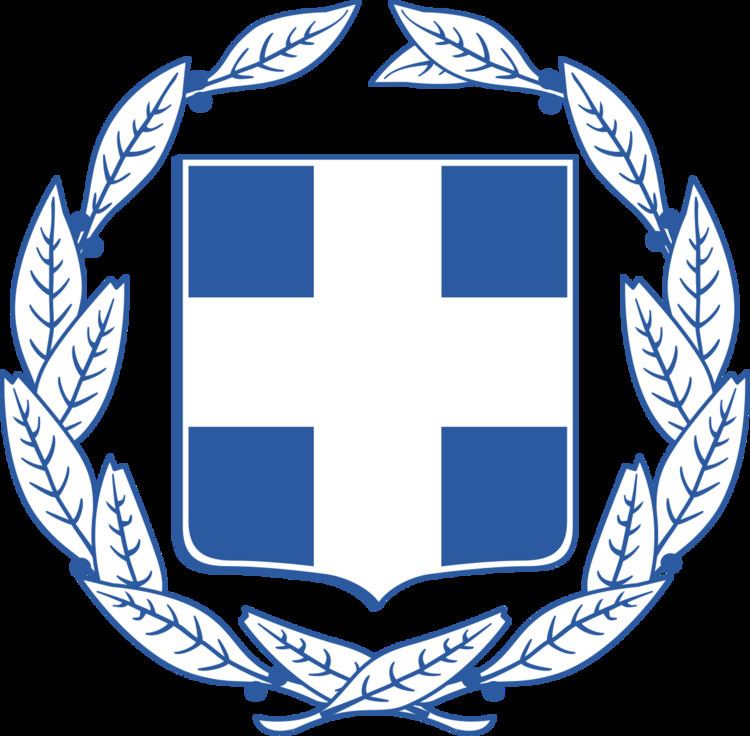Territorial extent Greece Date passed 5 March 2010 Date commenced 13 March 2010 | Enacted by Hellenic Parliament Date assented to 11 March 2010 Bill published on 3 March 2010 | |
 | ||
The Second austerity package is part of the countermeasures of the Greek government to counter the Greek government-debt crisis. It was approved by the Hellenic Parliament in March 2010.
On 5 March 2010, amid new fears of bankruptcy, the Greek parliament passed the "Economy Protection Bill", which was expected to save another €4.8 billion. The measures include (in addition to the above): 30% cuts in Christmas, Easter and leave of absence bonuses, a further 12% cut in public bonuses, a 7% cut in the salaries of public and private employees, a rise of VAT from 4.5% to 5%, from 9% to 10% and from 19% to 21%, a rise of tax on petrol to 15%, a rise in the (already existing) taxes on imported cars of up to 10%–30%, among others.
On 23 April 2010, after realising the second austerity package failed to improve the country's economic position, the Greek government requested that the EU/IMF bailout package be activated. Greece needed money before 19 May, or it would face a debt roll over of $11.3bn. The IMF had said it was "prepared to move expeditiously on this request".
Shortly after the European Commission, the IMF and ECB set up a tripartite committee (the Troika) to prepare an appropriate programme of economic policies underlying a massive loan. The Troika was led by Servaas Deroose, from the European Commission, and included also Poul Thomsen (IMF) and Klaus Masuch (ECB) as junior partners. In return the Greek government agreed to implement further measures. Servaas Deroose was later replaced by Matthias Mors as representative of the European Commission.
